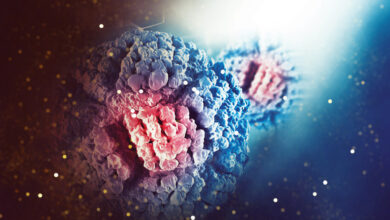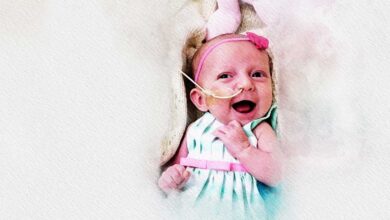Stroke Rehabilitation
It is an important part of recovery after stroke

Having a stroke breaks vital connections between your brain and your muscles, therefore, it is the leading cause of long-term disability and almost always results in some loss of mobility and movement. However, this loss isn’t necessarily permanent. In fact, rehabilitation is especially crucial during the early stages of recovery, when patients have little to no control over their affected muscles. No matter where you are in your journey toward recovery, your long-term progress will depend on a consistent physical therapy regimen.
The goal of stroke rehabilitation is to help you relearn skills you lost when a stroke affected part of your brain and it can also help you regain independence and improve your quality of life. The severity of stroke complications and each person’s ability to recover vary widely. Researchers have found that people who participate in a focused stroke rehabilitation program perform better than most people who don’t have stroke rehabilitation.
In the first weeks and months of recovery, physical therapists work with stroke survivors to keep these muscles toned and stimulated – even before they regain voluntary movement. If and when function does return, physical therapy allows patients to relearn everyday skills and retrain their healthy brain cells to control the affected body parts. This is part of the various services offered for stroke recovery including occupational therapy, rehabilitation nursing and speech therapy.
Physical Therapy
The patient’s journey to the rehabilitation program begins with sessions of physiotherapy that appear arduous at first, but with time there will be a significant improvement that limits the patient’s dependence on others.
Post-stroke rehabilitation is a huge part of this recovery process, and it often begins as early as 24 hours after stroke. Stroke physical therapists are able to stimulate affected muscles and nerves to maintain circulation and prevent stiffness, then guide patients through the stages of stroke recovery as they relearn basic muscle movements.
Today, many physical therapists specialize in stroke and other types of neurological trauma. These therapists know how to help patients relearn complex bodily movements and avoid complications that could derail their progress later. After stroke, improving your balance, coordination, and other basic skills is essential to your overall quality of life.
There are many approaches to stroke rehabilitation. Your rehabilitation plan will depend on the part of the body or type of ability affected by your stroke. Physical activities might include:
- Motor-skill exercises: These exercises can help improve your muscle strength and coordination. You might have therapy to strengthen your swallowing.
- Mobility training: You might learn to use mobility aids, such as a walker, canes, wheelchair or ankle brace. The ankle brace can stabilize and strengthen your ankle to help support your body’s weight while you relearn to walk.
- Constraint-induced therapy: An unaffected limb is restrained while you practice moving the affected limb to help improve its function. This therapy is sometimes called forced-use therapy.
- Range-of-motion therapy: Certain exercises and treatments can ease muscle tension (spasticity) and help you regain range of motion.
Speech Therapy
After a stroke it is very common to have communication problems. This condition known as aphasia can affect your ability to find the right words, to understand what others are saying and/or reading and writing. Speech exercises are a great way to improve aphasia, especially when you practice them with heavy repetition. Repetition helps activate neuroplasticity, the method that your brain uses to rewire and restructure itself. Practicing speech therapy exercises is a must for improving speech after stroke or brain injury.
Occupational therapy and speech therapy can help you with lost cognitive abilities, such as memory, processing, problem-solving, social skills, judgment and safety awareness. Speech therapy can help you regain lost abilities in speaking, listening, writing and comprehension. Your emotional adjustment might be tested. Your doctor might recommend an antidepressant or a medication that affects alertness, agitation or movement.
Speech therapy programs focus on teaching the patient how to use pronunciation and communication functions in general from listening, understanding, reading and writing. The programs include various exercises that rehabilitate areas of the brain responsible for communication processes and train the patient to use and implement those functions.
Like physical therapy, it is very important to do these exercises over and over again. The more intensive these exercises and rehabilitation programs, the better and faster the results will be. The length of time required varies depending on the patient’s condition and the level of damage, as some may need to undergo more than one rehabilitation program.
The patient and his family should know that the matter needs time, patience and constant medical follow-up. This period requires the patient to have social and family support to urge him to continue treatment.

















You can be healed in just 2 months of treating your stroke with Dr Okojie Herbal Meds. Email docokojiestrokeherbs @ gmail . com